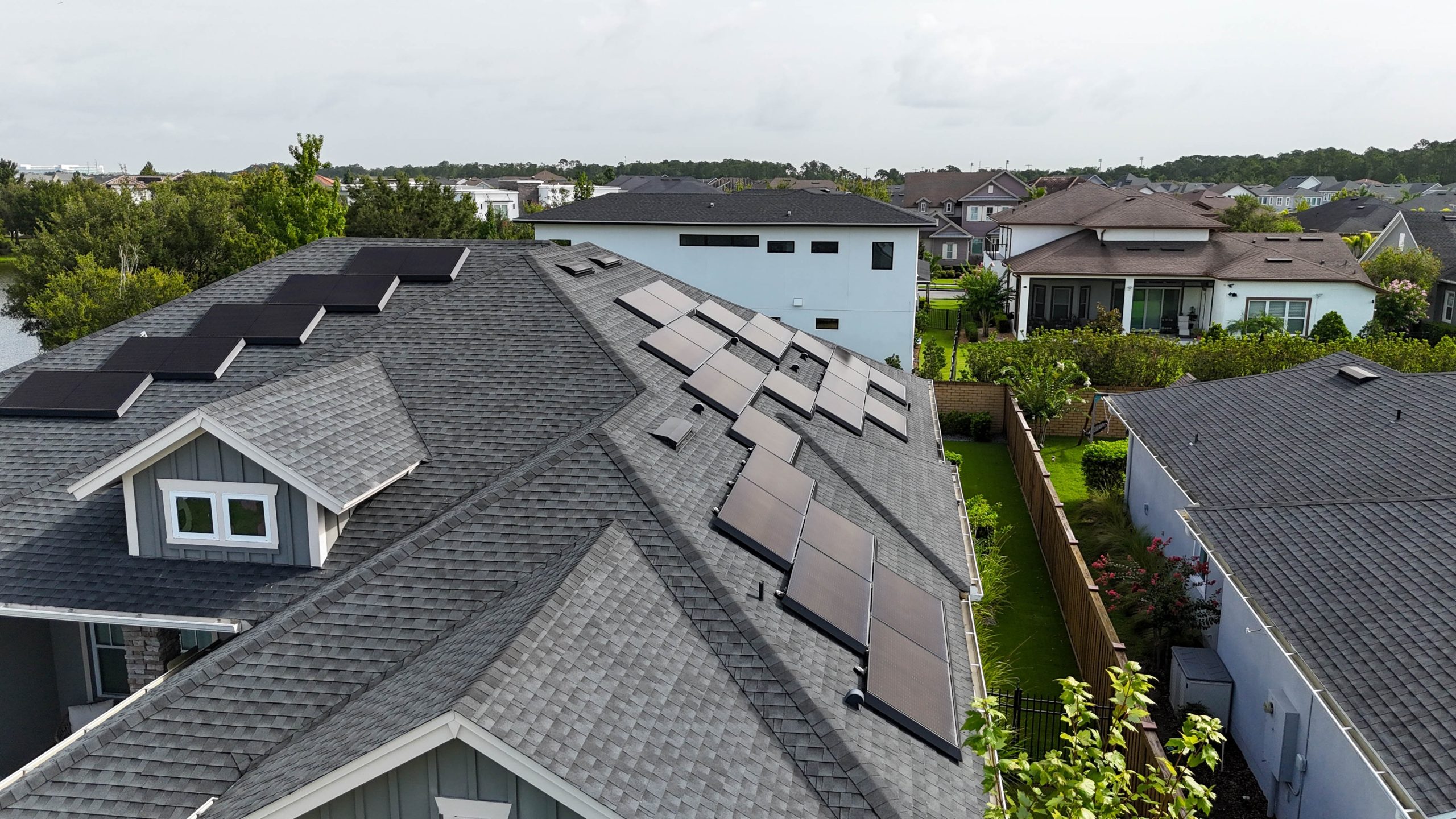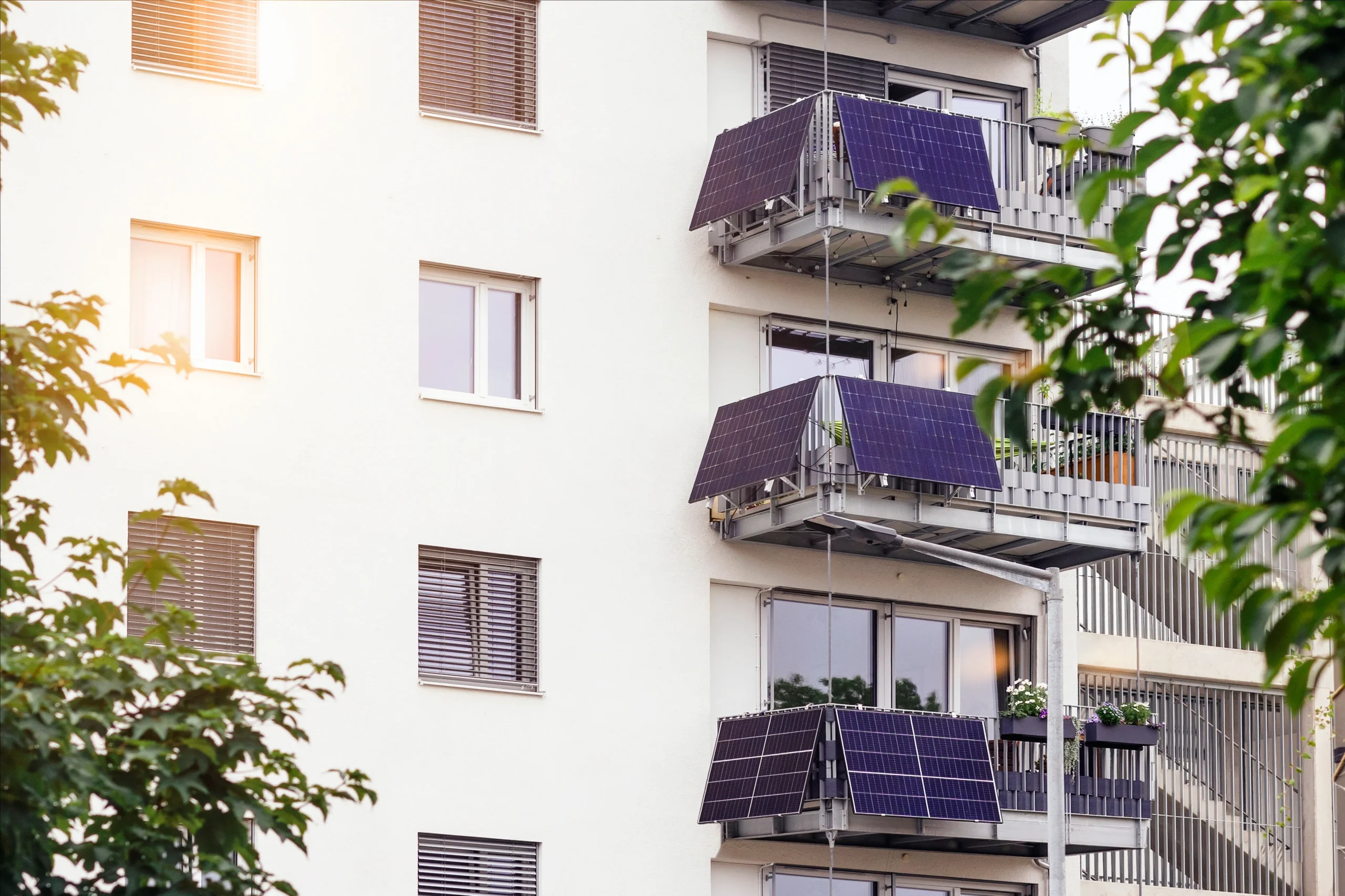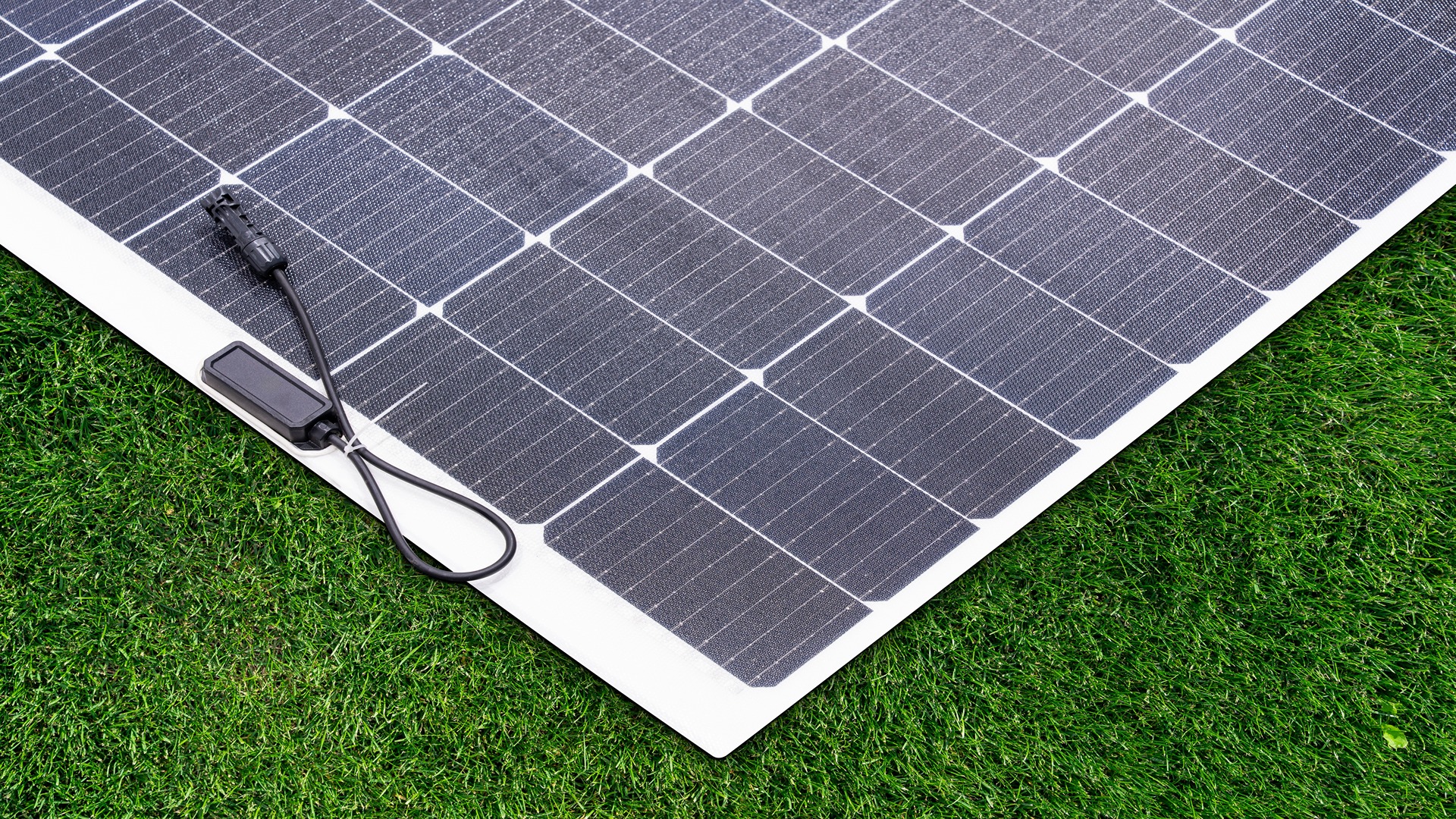Residential Solar Battery Storage Solutions
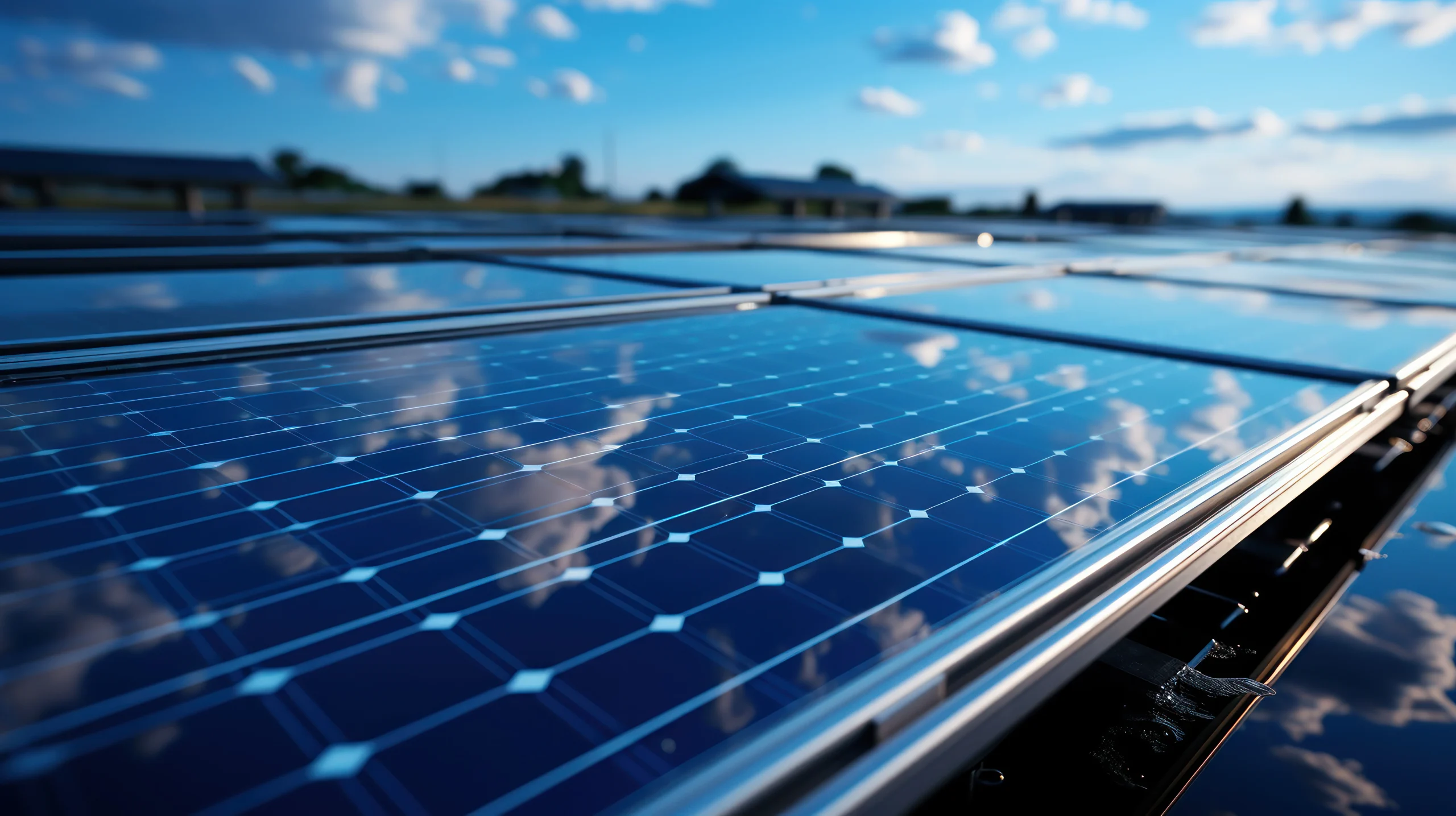
The US encourages the transition to renewable energy sources, leading many residents to invest in solar panels due to their durability and energy stability. However, one significant challenge remains — the variability of solar power.
Solar panels generate electricity only during the day and when the sun is shining. On rainy or cloudy days and during the night, you need to purchase electricity from conventional suppliers. That is where energy storage systems, and battery storage for solar, come in.
According to a study by the International Energy Agency, the global installed number of solar panels is expected to almost triple by 2030. Still, only about 20% of solar system users use home battery storage for solar.
The reasons for that are the high cost of solar batteries and a lack of consumer awareness regarding their benefits.
We believe that solar batteries for home are not just a passing trend, but essential for creating a sustainable and self-sufficient energy system that can help you save even more money. Let’s explore the various options for solar energy storage solutions and how they can affect our future.
What Is Battery Storage for Solar?
Solar storage is a device for accumulating excess electricity generated by PV panels. During the day, when solar activity is at its peak, these units often produce more energy than can be consumed. Since solar panels cannot store energy by default, any surplus is wasted.
The solar battery allows you to save this excess energy for use at night or during periods of low solar activity. The process not only increases the efficiency of solar systems but also provides greater independence from centralized power supply networks.
How Does Solar Battery Storage Work?
The main task of battery storage for solar is to accumulate and use the electricity generated by solar panels.
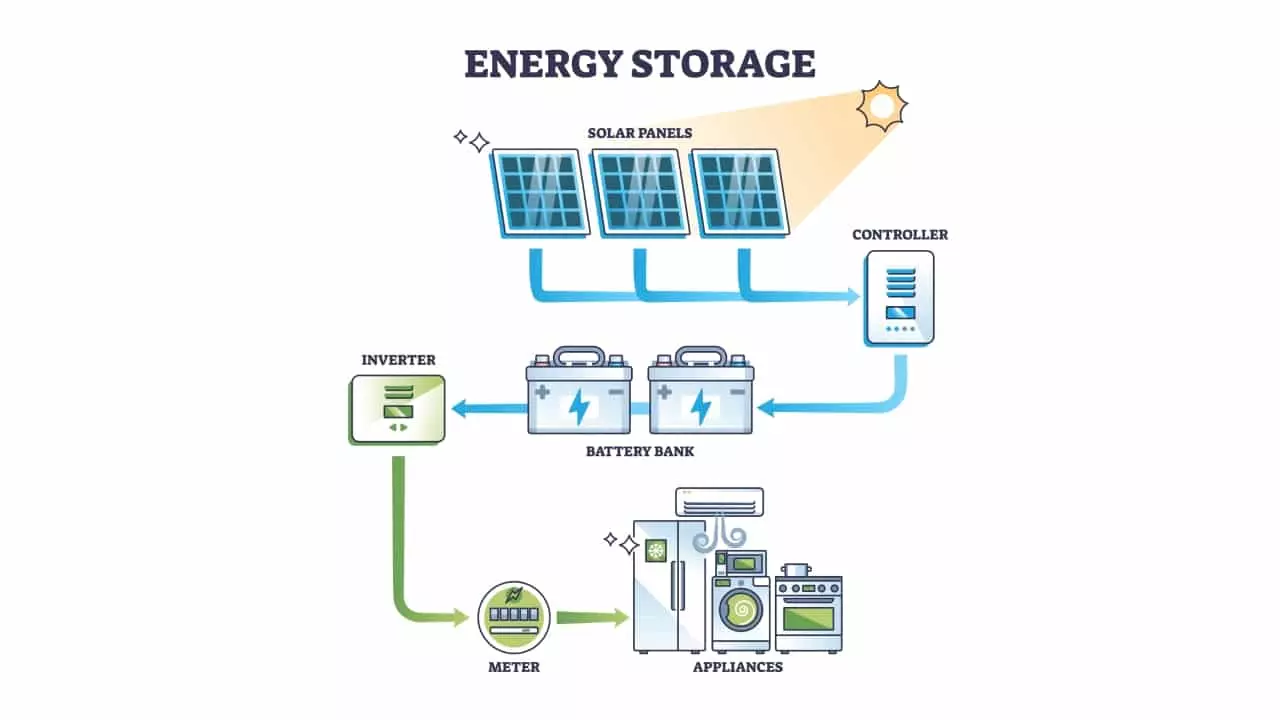
Source: Independent
In general, there are only three main processes:
| Charging | During daylight hours, solar panels generate electricity, which is first used to meet the immediate needs of the house. Any excess energy is used to charge the solar storage system. This process involves converting the direct current (DC) generated by the panels into electrochemical energy, which is stored in the batteries. |
| Storage | The charged solar battery storage system holds the accumulated energy until it is needed. |
| Discharge | When the panels cannot generate enough energy (such as at night), the solar backup battery provides the stored energy. During discharging, the electrochemical energy is converted back into electricity. The built-in inverter converts the direct current from the battery into alternating current needed for household appliances. |
You can also control the device using the Battery Management System (BMS). The BMS manages the charging and discharging processes, monitors the state of the batteries, and oversees energy distribution. This optimization helps prevent over-discharge and overload, extending battery life and improving overall efficiency. A BMS typically monitors:
| State of charge | Shows how much energy is left in a solar battery. |
| Temperature | Important for preventing verheating or overcooling, which can affect the performance and safety of solar power batteries. |
| Voltage | Measuring the voltage of each solar storage cell helps detect faults or inconsistencies. |
| Current | The BMS monitors the current during charging and discharging to prevent overloads. |
A BMS also serves as an additional layer of protection. If a dangerous condition is detected (short circuit, overheating, overcharging), the system can disconnect the home solar battery storage to prevent damage and ensure safety.
Benefits of Solar Battery Storage
While not all photovoltaic (PV) systems have a solar battery, an increasing number of people are considering adding one due to the many benefits it offers:
Energy Independence
A key benefit of using home batteries is reduced dependence on central power grids. In the event of power outages or blackouts, batteries provide an uninterrupted electricity supply. For example, in California, where frequent outages have become common due to wildfires, the demand for residential solar with battery storage has increased dramatically.
Reducing Electricity Costs
Home solar system battery storage allows you to use stored energy during peak demand periods when electricity costs are highest. This helps lower your electricity bills by utilizing energy accumulated on sunny days.
Environmental Sustainability
If you use a solar battery, it will significantly reduce your carbon footprint by decreasing reliance on fossil fuels. According to the IEA report, the increase in the use of renewable energy sources, like battery storage for solar, could reduce global CO2 emissions by 70% by 2050.
Additionally, having a solar battery can increase your home’s value, as it enhances the efficiency of your PV system. This means that batteries further amplify the benefits of an existing solar power setup on your roof.
Solar Battery Types
Storing electricity for a long time requires a high-quality battery. Choosing the right one is essential for managing your solar battery efficiently. There are several types available:
Lithium-Ion Batteries
Lithium-ion (Li-ion) solar storage is the most popular for home energy storage systems. They have a high energy density, allowing them to store more energy in a compact size, making them ideal for limited storage spaces. They typically last 10 to 15 years and can endure numerous charge and discharge cycles.
According to BloombergNEF, the price of lithium-ion batteries has dropped by 87% since 2010, making them increasingly affordable.
Lead-Acid Batteries
The lead-acid battery is one of the oldest and most proven residential solar storage. They come in two types: sealed (AGM and gel) and flooded. Sealed batteries do not emit gases, so it’s crucial if you want to install a battery in a living space.
Even though lead-acid batteries have a lower energy density and shorter service life compared to lithium-ion batteries, they are favored for their lower costs. The average lifespan of these batteries is about 5 to 7 years.
Lithium Iron Phosphate Batteries
Lithium iron phosphate batteries have some unique advantages. They have high thermal and chemical stability, so they are especially safe. LiFePO4 solar storage has a long lifespan of 15 to 20 years and can endure numerous charge and discharge cycles.
Solar storage has a low self-discharge rate and high efficiency, perfect to use in homes with high energy demand.
Sodium-Ion Batteries
Sodium-ion batteries are a newer option that is gradually gaining popularity. They offer several advantages, including lower costs and resistance to high temperatures. However, they currently have lower energy density and shorter lifespan compared to lithium-ion batteries.
Installation Process
There are several stages to installing your battery, and it is important to hire professionals to properly assess the situation and select the right devices for your home storage system.
| Stages | Process |
| First | Assess your energy needs and select the right solar storage, depending on the expected load and available space. |
| Second | Determine the best storage system location. Batteries should be placed in a well-ventilated room with controlled temperature to prevent overheating. It’s also best for them to be easily accessible for maintenance checks. |
| Third | Install the inverter and solar storage, connecting them to the solar panels and the home’s electrical system. All components must be securely connected and grounded to prevent electrical hazards. This process usually takes one to three days, depending on the complexity of your solar battery storage system. |
The final stage is crucial as well, as it involves testing and configuring the battery management system to ensure it functions correctly.
Costs and Financing Options
The cost of installing a solar backup battery varies based on the type, capacity, and complexity of the installation. The price of a system ranges from $5,000 to $15,000. Your costs will also include installation, adding about another 20% to the bill.
While the cost can be high, there are financing options available. For instance, solar loans typically come with low interest rates, allowing you to spread payments over 5-10 years. In the U.S., the average interest rate for such loans is about 4-5%.
Solar leasing is also an option, where you pay a monthly solar power battery storage fee. This way, you can quickly get a battery for your systems. Your company will be responsible for replacing the solar storage if it wears out. In the long term, it could be more financially profitable.
Choosing the Right Solar Battery for Your Home
When choosing a residential solar battery storage, remember to consider a few key points: capacity and battery type. For most home systems, a capacity of 10-15 kWh is ideal.
Solar battery type also matters. Evaluate which battery will best suit your needs, and consult with a process engineer for expert advice.
Remember that choosing a solar battery is a personal decision based on your specific needs and budget. Consider the options available and select the one that suits you best.
Get your free solar quote from the best solar panel system providers in Chicago.
FAQ
What are the maintenance requirements for solar batteries?
Solar storage requires minimal maintenance. Periodically check the charge level and condition of the battery. Additionally, monitor the contacts for cleanliness and ensure there are no signs of leaks or damage. Lithium-ion batteries require less maintenance than lead-acid batteries, which need regular checks of the electrolyte level. Conducting these regular checks will help extend the lifespan of your battery and ensure your system operates reliably.
How long do solar batteries typically last?
On average, a solar battery lasts between 5 and 15 years. Lithium-ion batteries have the longest shelf life, while lead-acid batteries can last about 5-7 years. The longevity depends on the type of battery and the conditions in which it is used.
Can solar batteries power my home during a blackout?
Yes, solar batteries can power your home during a power outage. Make sure you have the right capacity to maintain power for the required amount of time.

